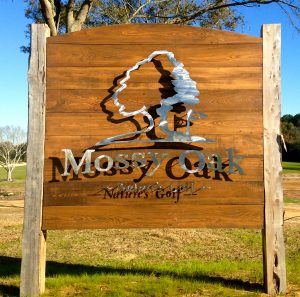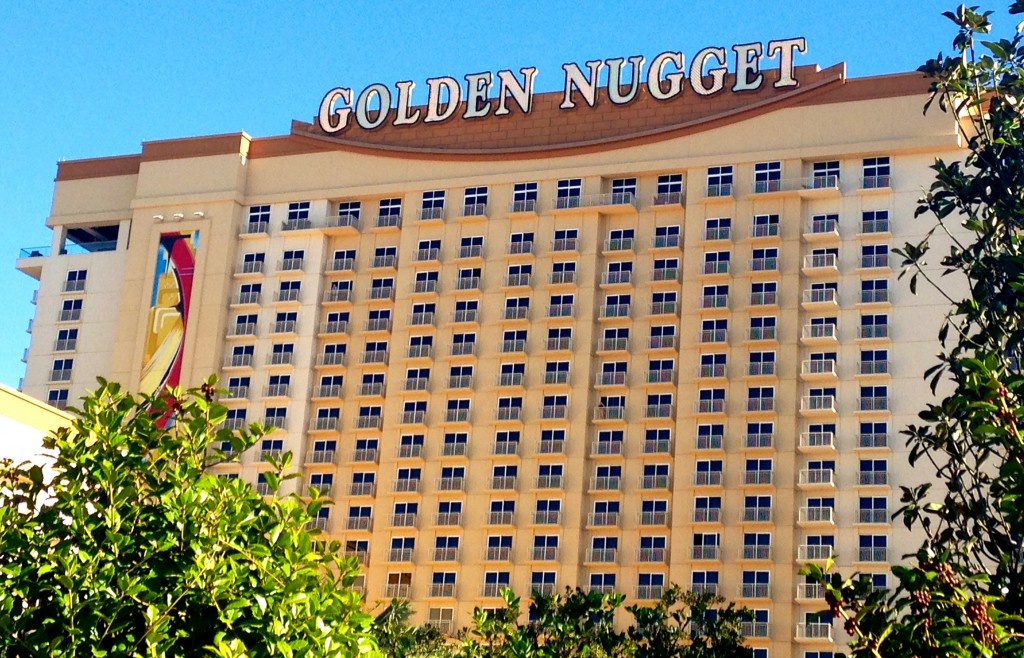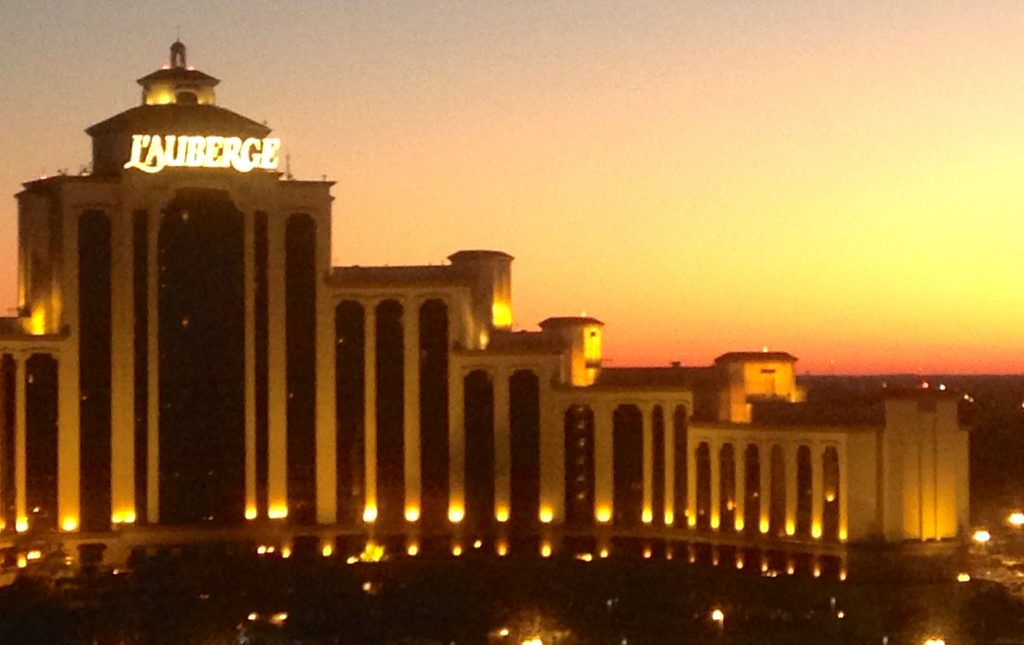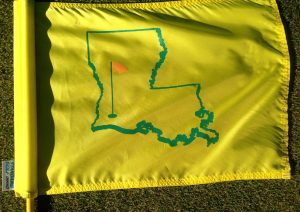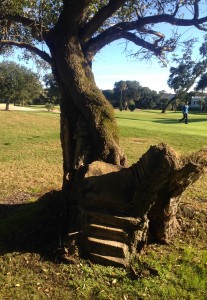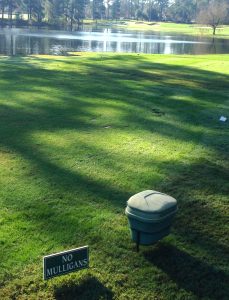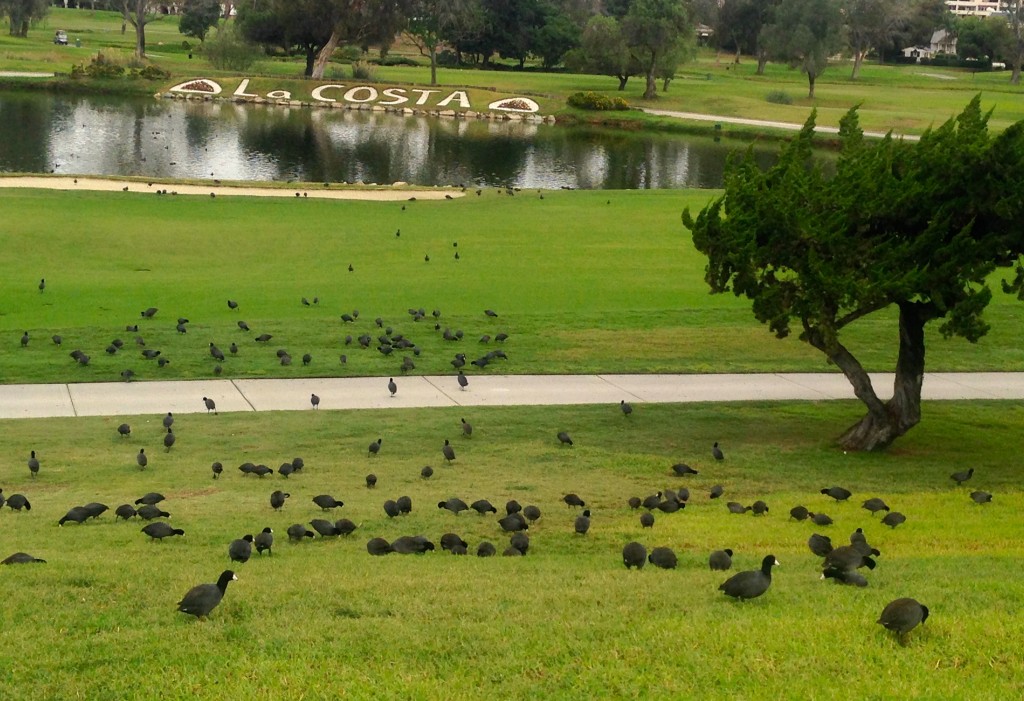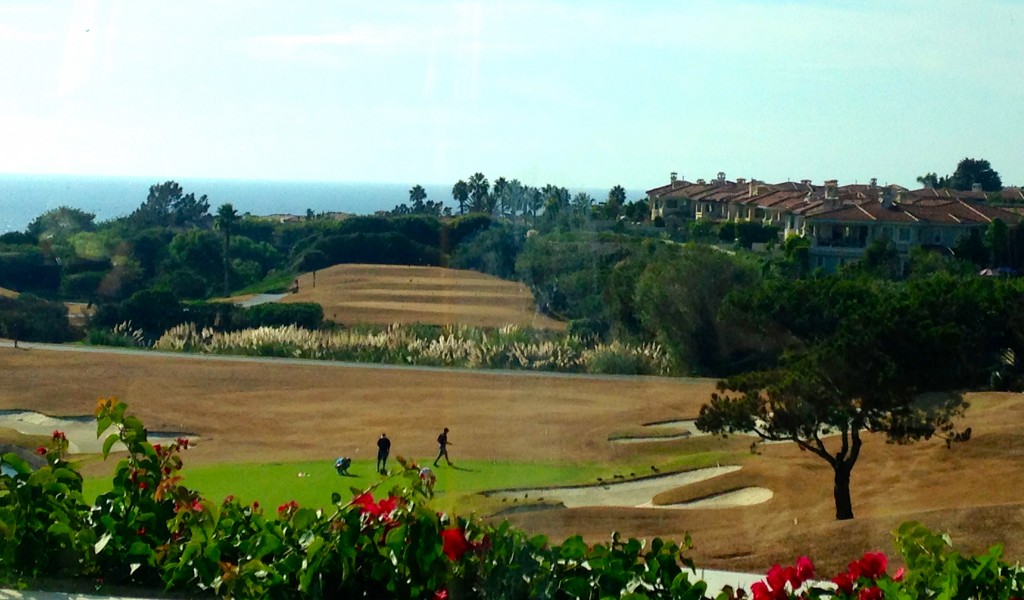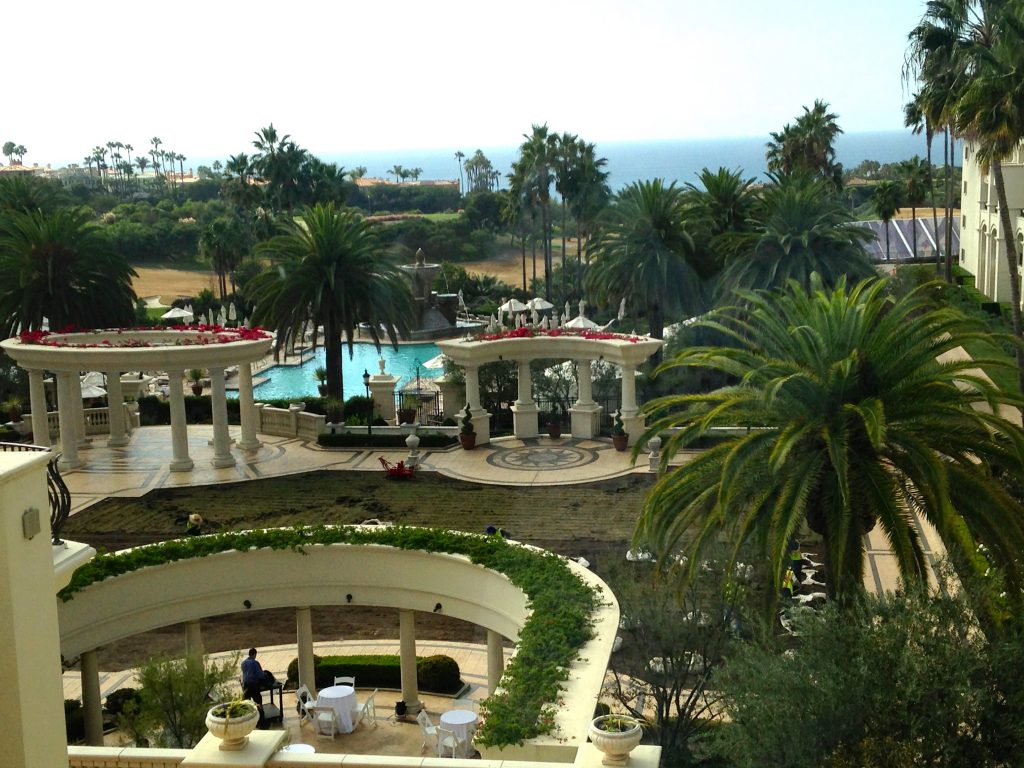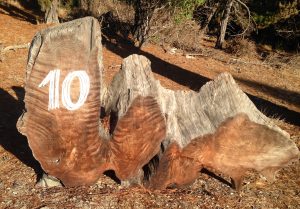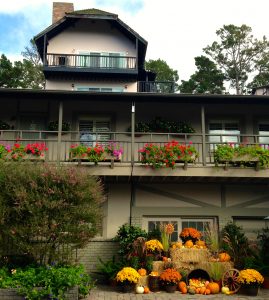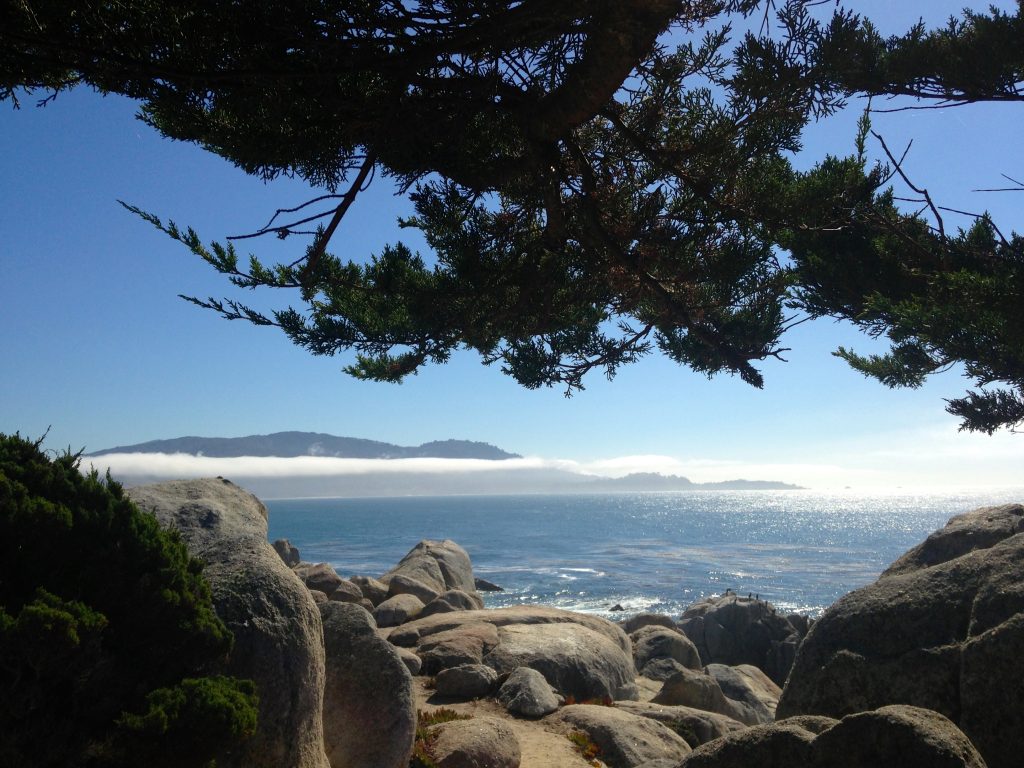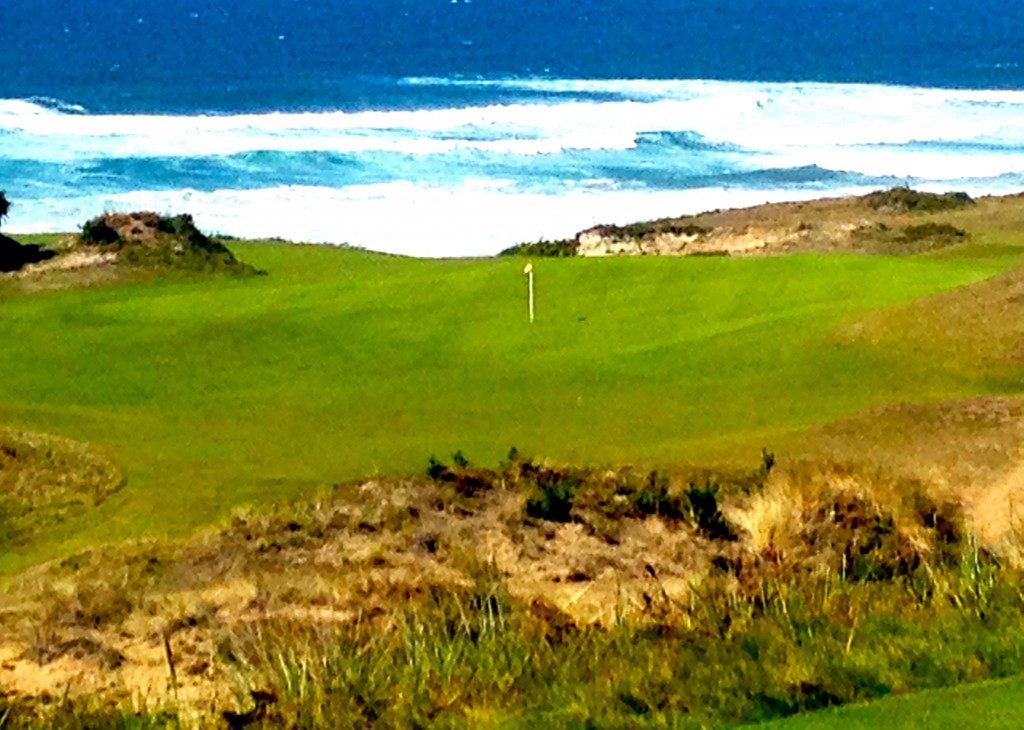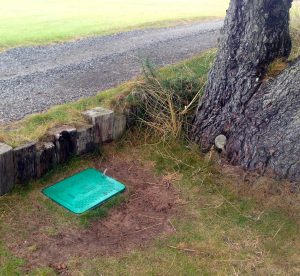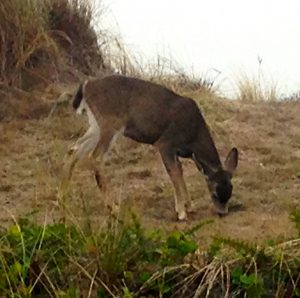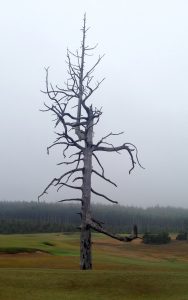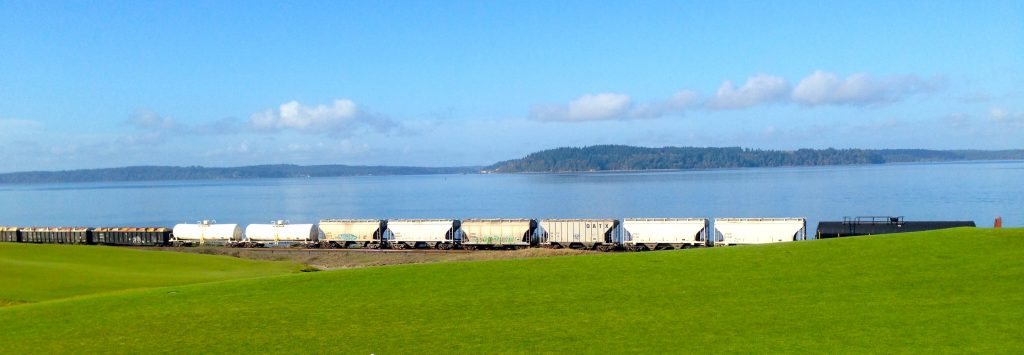
 PALM HARBOR, FLORIDA – Black Friday may be the biggest day of the year for shoppers, but it won’t mean as much to the golfers at Innisbrook Resort in this suburb of Tampa.
PALM HARBOR, FLORIDA – Black Friday may be the biggest day of the year for shoppers, but it won’t mean as much to the golfers at Innisbrook Resort in this suburb of Tampa.
The day after Thanksgiving to them means the re-opening of Innisbrook’s famed Copperhead Course, annual site of the PGA Tour’s Valspar Championship. The course was closed on May 1 for a $4 million-plus restoration that included the installation of a new irrigation system, the rebuilding of all the greens and tees and the re-grassing of the entire layout with all new state-of-the-art turf grasses. A new chipping area was also created for PGA Tour visitors and the driving range was converted to a two-tier facility.
Announcement of the planned closing of the course was announced during the 2015 Valspar Championship and was immediately applauded by tour veterans Luke Donald and Stewart Cink. The course has always been a favorite with PGA Tour players, and it’s even more beautiful now. They’ll be delighted to see the new look when they return for the $6.1 million event that’s run from March 10-13 as part of the circuit’s four-week Florida swing.
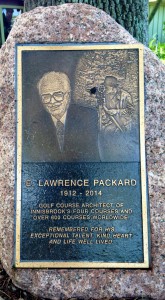
Only the club’s members will be allowed to play on Black Friday and that policy will remain in effect through Dec. 8, when a grand re-opening event will trigger the return of public and resort play. Even then all play will be cart-path only until the end of the Valspar Championship.
I’ve always had a warm feeling for Innisbrook and not just because of its rich history in tournament golf. It has hosted professional tournaments for 25 years and during one recent four-year stretch the resort was the only facility in the U.S. to host events on both the men’s and women’s pro tours. In addition to the Valspar the resort also hosted the LPGA’s Legends Tour on its Island Course.
The Legends event isn’t on the calendar anymore, but the Valspar will be an even bigger deal this year with Jordan Spieth poised to defend the championship he won in a sudden death playoff with Patrick Reid and Sean O’Hair in 2015. His win at Copperhead made Spieth only the fourth player since 1940 two win twice on the PGA Tour before his 22nd birthday.
That dramatic win also triggered a huge year for Spieth, who went on to win the Masters, U.S. Open, John Deere Classic, Tour Championship and FedEx Cup and ascend to the No. 1 spot in the world rankings.
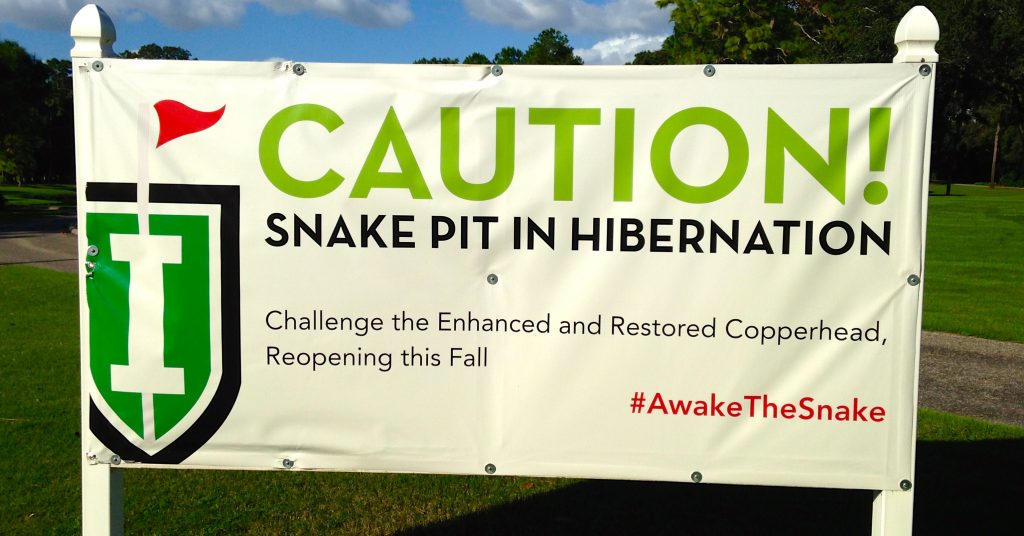
In addition to its golf history Innisbrook is personally appealing because of its extraordinary ties to the Chicago area. Sheila Johnson, the owner since 2005, is a Chicago native and University of Illinois graduate.
Larry Packard, designer of all four Innisbrook courses, and Brent Wadsworth, the builder of all of them, have deep Chicago area roots. So do two of Valspar’s past champions, Donald and Kevin Streelman. The Innisbrook staff is also filled with former Chicago area residents, headed by director of regional sales Doug Schmidt. The Chicago area is also well-represented among the resort’s members and guests.
Packard, who passed away last year at the age of 101, started it all. He was president of the American Society of Golf Course Architects when his first Innisbrook design, the Island Course, opened in 1970.
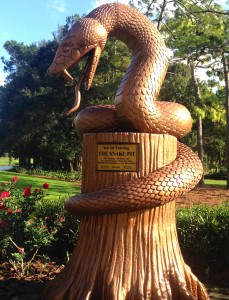
During his architectural career he designed over 600 courses world-wide and he lived at Innisbrook for more than 40 years. Copperhead followed as a 27-hole layout. Nine of those holes were eventually taken when he created the North Course and Packard also designed a fourth 18-holer, the South Course, on the property. The resort’s highly-upscale steakhouse – one of four dining spots on the premises– also bears his name.
It’s important to note that the just-completed work on Copperhead wasn’t a renovation. It was a restoration that owner Sheila Johnson – the founder and chief executive officer of Salamander Hotels and Resorts and long-time member of the U.S. Golf Association’s executive committee – said was done “to respect and protect the vision of Larry Packard and his signature design.’’
The first course at Innisbrook, the Island, is still the favorite for regulars and not just for golf. The many fishing enthusiasts who come to Innisbrook like to catch the trophy bass in its ponds. In addition to the LPGA Legends the Island has also hosted NCAA Championships and many USGA qualifiers.
Copperhead, which has emerged as the main championship course, was built in 1972 as a tree-lined layout with rolling terrain and holes that bear Packard’s trademark double dogleg design. No. 14, a par-5, is one such hole and has been declared Copperhead’s signature hole.
A more higher profile aspect of the course, though, is the Snake Pit. It comprises holes 16, 17 and 18 and is – at least arguably – the toughest finishing stretch on the PGA Tour. The veteran Ernie Els once declared Copperhead “the best golf course in Florida,’’ and that’s saying something given that the PGA Tour also visits Bay Hills (Arnold Palmer Invitational), Doral Trump National (WGC-Cadillac Championship) the TPC Sawgrass (Players Championship).




